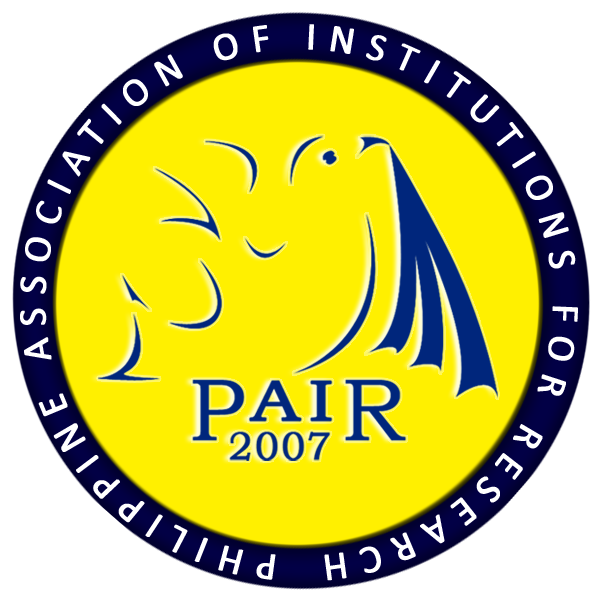Fillers, Mime and Self-Repetitions as Most Frequently Used Communication Strategies in Oral Expositions
DOI:
https://doi.org/10.7719/jpair.v18i1.291Keywords:
Linguistics, academic achievement, academic preparation, Batac, City, PhilippineAbstract
Achieving competence in an oral communication situation has always been the ultimate goal of both teacher and students in an ESL classroom. Long years of schooling and prolonged exposure to speech communication had empowered students’ speaking ability, but anxieties still emerge in their oral expositions. This exploratory study investigated the communication strategies of students in overcoming communication anxieties in their oral expositions. It also delved into the factors affecting their communication anxieties. Using Laurilla’s (2003) Categories of Communication Strategies, data were obtained from the 25 third year BS Tourism Management students of the Mariano Marcos State University, Philippines chosen through systematic random sampling. Transcriptions of their videotaped oral expositions were analyzed in terms of the frequency of occurrence of specific communication strategies. Interview was also utilized to support gathered quantitative data. Results revealed that the most common strategies of students in managing their communication anxieties during their oral expositions included fillers, mime, self-repetition, self-repair, and mumbling. It also disclosed that attitude toward language learning, motivation in learning the language, and socio-economic status are the factors that would affect communication anxieties.
Downloads
References
Bei, G. X. (2012). Effects of Immediate Repetition in L2 Speaking Tasks: A Focused Study. English Language Teaching, 6(1), p11.
Downloads
Published
Issue
Section
License
Copyright (c) 2014 Rommel V. Tabula, Aris S. Balagtas, Myra Eugenia S. Castillo

This work is licensed under a Creative Commons Attribution-NonCommercial 4.0 International License.
Open Access. This article published by JPAIR Multidisciplinary Research is licensed under a Creative Commons Attribution-Noncommercial 4.0 International (CC BY-NC 4.0). You are free to share (copy and redistribute the material in any medium or format) and adapt (remix, transform, and build upon the material). Under the following terms, you must give appropriate credit, provide a link to the license, and indicate if changes were made. You may do so in any reasonable manner, but not in any way that suggests the licensor endorses you or your use. You may not use the material for commercial purposes.




















